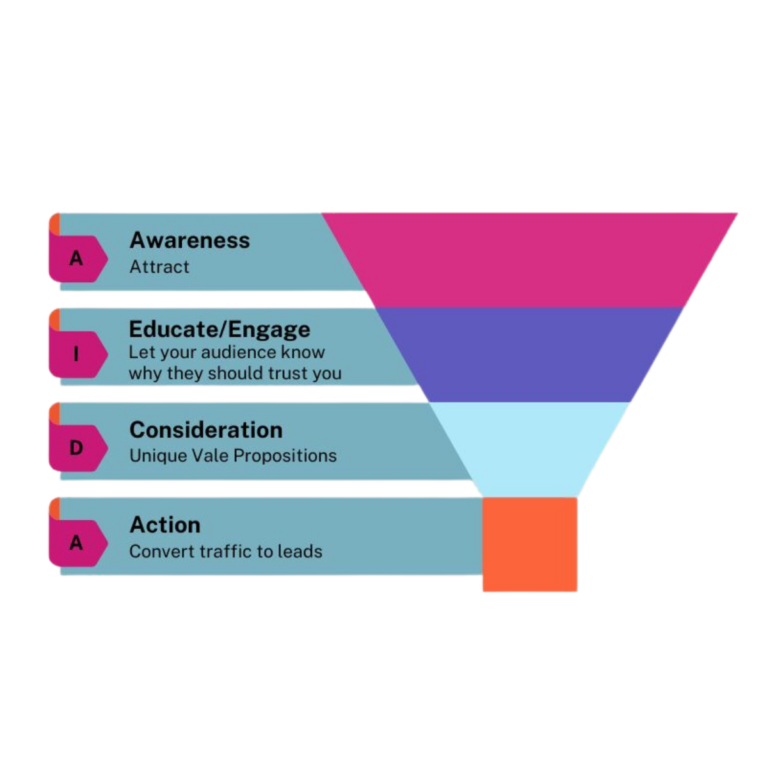With 26% of organizations using AI for marketing and sales, and a predicted 30% of outgoing marketing messages from large organizations to be AI-generated by 2025, the impact of AI on marketing cannot be overlooked.
Understanding Generative AI
Generative AI refers to a subset of artificial intelligence models designed to generate new data and ideas that resemble a given dataset. It’s a transformative technology in marketing, enabling everything from content creation to personalized advertising. Some of its core capabilities include:
- Text generation
- Image creation
- Data synthesis
Generative AI offers potential applications in content creation, ad personalization, and customer engagement.
Content Creation
One exciting prospect of generative AI is its ability to create unique content at scale. For instance, businesses can use it to create customized content for different audiences. This customization includes personalized emails, social media posts, product descriptions, and more. As marketers, this can save us time and resources while still delivering high-quality content that resonates with our target customers.
Ad Personalization
Another beneficial application of generative AI is its ability to personalize advertisements. By analyzing vast amounts of customer data in just a few seconds, AI models can create custom ads that appeal to individual preferences and behaviors. As any marketer knows, this often leads to higher engagement rates and more effective campaigns.
Customer Engagement
Finally, generative AI can improve customer engagement by creating more immersive experiences. For example, it can be used to generate realistic virtual environments that customers can explore or to develop personalized chatbots that can answer customer queries in a tone that aligns with your company’s brand.
Overall, generative AI is a powerful tool for businesses looking to stay ahead of the curve in a competitive marketplace. By leveraging its vast capabilities, marketers can create more effective campaigns, engage customers on a deeper level, and ultimately drive growth and success for their organization.
Types of Generative AI
There are various types of Generative AI that marketers can use, including Generative Adversarial Networks (GANs), Transformers (like GPT-4), and Image-Based Models (like DALL-E).
GANs consist of two neural networks—the Generator and the Discriminator—that work against each other to produce highly realistic data. They have applications in dynamic ad creation, data augmentation, and even generating product designs.
Transformers are primarily used in natural language processing tasks. These tools excel at generating human-like text based on the context provided by the user and can be utilized for automated content creation, customer service chatbots, and social media management.
Image-based models generate high-quality, realistic images from textual descriptions or other images. They can be used for customized visual content, ad creatives, and virtual product showcases.
Integrating AI in Marketing Campaigns
A typical marketing campaign process consists of several distinct stages, each of which can benefit from integrating AI to enhance performance and effectiveness. These stages include content creation at the top of the funnel, lead generation and nurturing in the middle of the funnel, and post-conversion engagement at the bottom of the funnel. The results of each stage are then analyzed to gain insights and continually improve future campaigns.
1. Top of the Funnel – Content Creation:
At the top of the funnel, AI can be pivotal in enhancing content creation strategies. This application includes creating blog posts, social media updates, videos, and various forms of content designed to attract potential customers. AI tools can be utilized for content recommendations, automated content generation, and personalization to ensure that the content aligns with the interests and preferences of your target audience. AI can analyze user data and behaviors to identify trending topics and tailor content to maximize engagement.
2. Middle of the Funnel – Lead Generation and Nurturing:
In the middle of the funnel, AI can streamline the lead generation process and improve lead nurturing efforts. AI-driven chatbots can engage with website visitors and collect valuable contact information. Additionally, AI can segment leads based on their behavior and preferences, allowing for highly targeted marketing communications. AI can also optimize landing pages for maximum conversion rates by conducting A/B tests, ensuring the effectiveness of lead magnets, and personalizing the messaging based on user profiles.
3. Bottom of the Funnel – Post-Conversion Engagement:
Once a lead submits their information, AI can ensure a seamless transition to the thank you page and post-conversion engagement. The thank you page can be customized using AI to confirm the submission and provide personalized next steps or additional resources based on the user’s interests. Automated email marketing campaigns powered by AI can further nurture leads and guide them through the sales funnel, increasing the likelihood of conversions and sales.
4. Campaign Analysis and Optimization:
Finally, AI-driven analytics tools can thoroughly analyze the results of each campaign. AI can process large volumes of data to identify what worked well and what should be improved for future campaigns. AI can provide insights to guide strategic decisions by evaluating metrics such as conversion rates, click-through rates, and engagement levels. By continually refining your campaign process using AI-powered data insights, you can maximize your return on investment (ROI) and achieve your marketing goals effectively.
By incorporating AI into each step of the marketing funnel, businesses can streamline their processes and increase the precision of their campaigns, leading to higher conversions and better customer engagement.

The Power of Video in Marketing
In 2023, online video is expected to account for 82.5% of all web traffic, making it the most popular type of content on the internet. This comes as no surprise, given that 86% of marketers are using videos as a content marketing tool, and 94% claim that video has improved customer knowledge of their goods or services.
Creating engaging video content has never been easier thanks to AI-powered tools like script generators, teleprompters, and video editors. For instance, Vimeo offers an intuitive and simple video editing tool that allows you to create wow-worthy content in minutes.
Whether you are a business owner, marketer, or content creator, it is essential to understand the importance of video content. Not only does it allow you to showcase your products or services in a visually appealing way, but it also helps build trust and credibility with your audience.
With the rise of online video consumption, it is crucial to invest in high-quality video content that stands out from the crowd. By leveraging AI-powered tools, you can create professional-looking videos that engage and captivate your viewers.
Short-Form Videos
Short-form videos have become increasingly popular in recent years, with 73% of customers preferring to watch a short video to learn about a product or service. It’s estimated that 90% of global advertisers have increased their investment in short-form videos in 2023.
AI-powered platforms like Munch make creating short-form videos easy and efficient. Munch extracts the most engaging snippets from your long-form content, analyzes it with social and marketing trends from leading platforms, and generates specific social posts for various platforms.
This approach is particularly useful for businesses looking to reach a wider audience through social media, as Munch’s AI-powered platform can create optimized content that appeals to specific demographics. Additionally, short-form videos have been shown to increase engagement rates on social media, leading to higher click-through rates and more conversions.
Improving Data Analysis with Generative AI Tools
Marketers can use generative AI tools to automate data analysis tasks, identify hidden patterns and trends, and make predictions about future events. This analysis can help businesses make better decisions, plan for the future, and focus on more strategic tasks.
One area where generative AI tools have shown significant promise is in the field of customer service. With the help of natural language processing algorithms, these tools can analyze customer feedback, identify common issues, and provide automated responses that can help resolve problems quickly and efficiently. As the technology continues to evolve, we will likely see even more innovative applications emerge in the years to come.
Final Thoughts
Companies that publish 16+ blog posts per month get 4.5 times more traffic than companies that publish 0-4 blog posts per month, and 80% of consumers say user-generated content highly impacts their purchasing decisions. So, keep creating, innovating, and leveraging the power of AI in your marketing strategies!
Watch ArtForm’s webinar on AI and Marketing.
Reach out if you need help or have questions: success@artformbsi.com.


